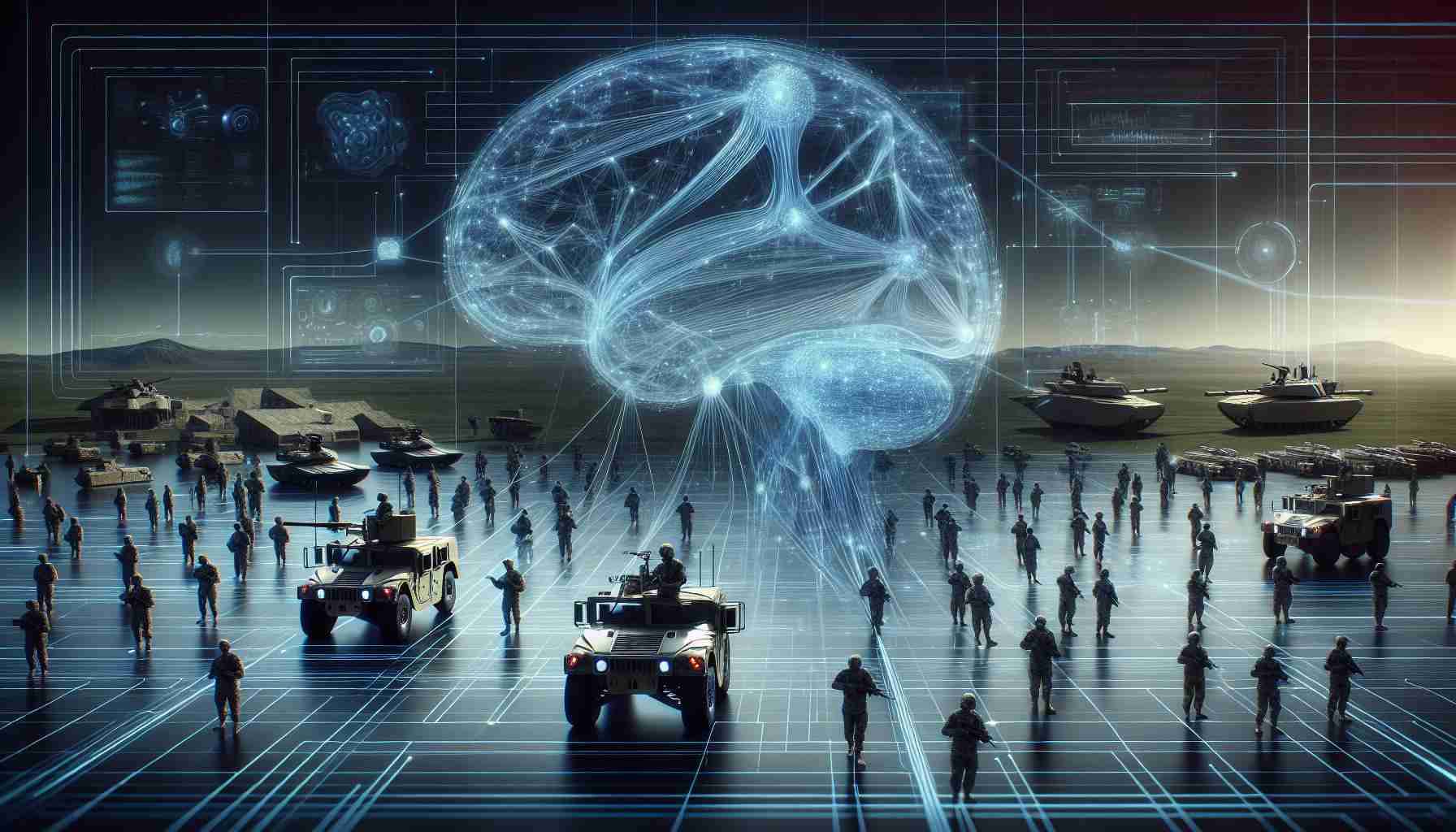In an intriguing development, tech giant Microsoft has pitched its enhanced cloud-based version of OpenAI’s DALL-E image generator to the U.S. Department of Defense. This move underscores the company’s efforts to explore the potential applications of artificial intelligence in military settings.
During a presentation in October 2023, Microsoft showcased the capabilities of DALL-E, integrated within its Azure cloud platform, to military officials. The objective was to demonstrate how AI could revolutionize the management of conflict scenarios. The Intercept obtained a document indicating Microsoft’s vision where DALL‑E could generate images to train conflict management systems, enhancing military decision-making and strategic capabilities.
This strategic positioning by Microsoft follows a shift in OpenAI’s policies, softening their stance on the use of their technology for military ends. The shift comes on the heels of a significant $10 billion partnership deal between Microsoft and OpenAI, underscoring a growing trend of tech collaborations with defense sectors.
Despite the revelation, Microsoft has commented – without revealing much detail – that while proposals have been put forward, no agreements with the Department of Defense have been solidified thus far. This partnership could mark a new chapter in military training, providing synthetic environments and scenarios tailor-made to prepare military personnel for a broad range of complex situations. With Microsoft at the helm, AI’s role in defense is poised to become more influential in the coming years.
Current Market Trends:
The use of artificial intelligence in military applications is an expanding trend globally. Countries are increasingly investing in AI technologies to gain a strategic advantage. This includes the development of autonomous weapons systems, intelligence, surveillance, reconnaissance, logistics, and combat simulation and training. Many tech companies are positioning themselves to meet this demand, as evidenced by significant investments and partnership agreements with defense departments and contractors. Microsoft’s proposal to integrate their cloud-based AI for military training is part of this broader trend, where large tech firms are leveraging their AI capabilities for defense applications.
Forecasts:
As AI technology matures, its integration into military systems is expected to grow. In the future, we may see more advanced AI-driven simulation environments for combat training, strategic planning, cyber defense, and autonomous operations. Investments in AI by defense sectors are also projected to rise, with a compound annual growth rate (CAGR) that could potentially be in the double digits, as militaries around the world modernize their capabilities.
Key Challenges and Controversies:
– Ethical considerations: There is an ongoing debate about the ethical implications of using AI in military settings, particularly in autonomous weapons and decision-making systems.
– Technical reliability: AI systems must be reliable and free from errors or biases, which is a significant challenge in high-stakes military scenarios.
– Cybersecurity: Deploying AI within military systems poses cybersecurity risks; adversaries might exploit vulnerabilities in AI-powered systems.
– Regulatory and legal: There is uncertainty around international law and regulations regarding the use of AI in military contexts.
Advantages:
– Improved training: AI-generated imagery can create diverse and realistic training scenarios, which can improve the preparedness of military personnel.
– Cost-effective: Synthetic training environments could reduce the need for physical training facilities and resources, cutting costs significantly.
– Rapid adaptation: AI can quickly adapt simulations to reflect emerging threats and scenarios, providing a more agile response to changing environments.
Disadvantages:
– Overreliance: There’s a risk of becoming too dependent on synthetic training, which might not fully replicate the unpredictability of real-world situations.
– Technology gap: There may be disparities between countries in accessing cutting-edge AI tech, leading to a digital divide in military capabilities.
– Data privacy: Use of AI in military settings could raise data privacy concerns, especially when collecting and utilizing sensitive information.
To explore further on the subject of AI’s growing role in military applications, consider visiting reputable sources such as those from defense industry consultants, AI technology research firms, and updates from tech giants themselves. Reliable information might be found on domains such as RAND Corporation, Defense News, or directly from Microsoft’s official site for their latest press releases and technology updates.
The source of the article is from the blog zaman.co.at

